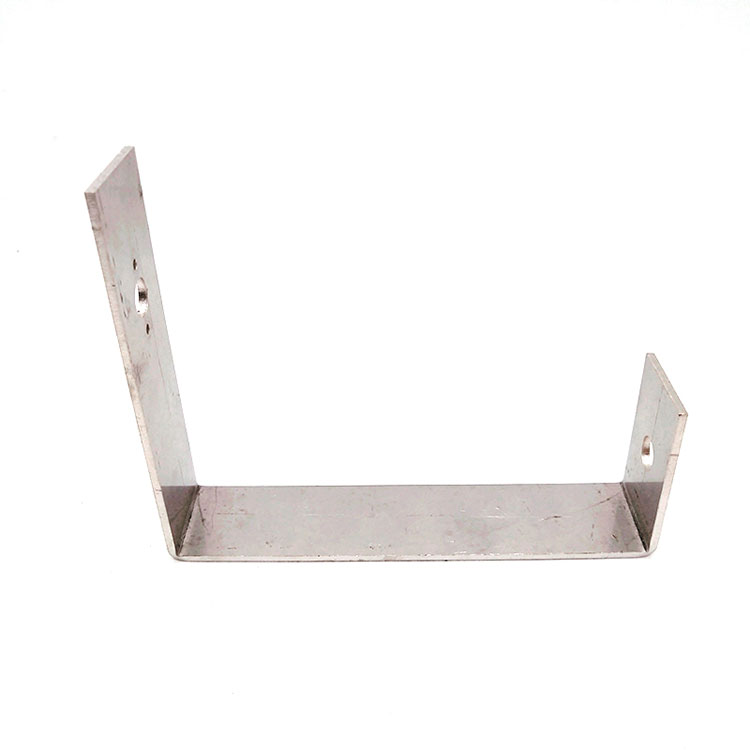Unveiling Diversity: Exploring the Array of Designs and Configurations in Solar Panel Mount System Roof Hooks
2023-11-24
Introduction:
In the dynamic world of solar panel installations, every component plays a unique role in ensuring efficiency, safety, and longevity. Among these components, solar panel mount system roof hooks stand out as key elements that bridge the gap between solar panels and rooftops. In this blog post, we will delve into the diverse landscape of roof hooks, exploring the different designs and configurations available in the market that cater to the varied needs of solar energy systems.
1. Standard L-Shaped Roof Hooks:
The L-shaped design is a classic and widely used configuration for roof hooks. These hooks typically feature a horizontal base that attaches to the roof structure, while the vertical component provides a secure anchor point for the solar panel mounting system. This design is versatile and suitable for various roofing types.
2. Tile Hook Configurations:
Specifically designed for homes with tiled roofs, tile hook configurations are tailored to seamlessly integrate with different tile types. These hooks often have adjustable elements to accommodate the unique challenges posed by tiled roofing structures while ensuring a secure and stable connection.
3. Flat Roof Mounts:
For buildings with flat rooftops, a different approach is necessary. Flat roof mounts may feature a ballasted system or a specialized design that allows solar panels to be angled for optimal sun exposure. These configurations provide stability without penetrating the roof surface.
4. Adjustable Tilt and Swivel Hooks:
To optimize solar panel performance throughout the day and across seasons, some roof hooks come with adjustable tilt and swivel features. This design allows for precise adjustments to the orientation and angle of the solar panels, maximizing energy capture and overall system efficiency.
5. Rail-Less Attachment Systems:
Innovations in solar panel mounting systems have led to rail-less attachment systems. These systems eliminate the need for traditional rails and may incorporate specialized roof hooks that directly attach to the solar panels, simplifying the installation process and reducing material requirements.
6. Hybrid Designs for Multiple Roof Types:
In cases where a building has multiple roofing types, hybrid roof hook designs are employed. These configurations combine elements from different designs to create a versatile solution that accommodates various roofing materials and structures.
7. Flashing-Integrated Hooks:
Flashing-integrated roof hooks seamlessly incorporate flashing elements into their design. Flashings are protective coverings that help prevent water infiltration into the roof structure. Roof hooks with integrated flashing enhance the weather resistance of the installation.
8. Low-Profile Hooks:
For those who prioritize the aesthetics of their rooftop solar installations, low-profile roof hooks are available. These hooks are designed to be less conspicuous, providing a sleek and unobtrusive appearance while maintaining the necessary structural support for solar panels.
Conclusion:
As solar energy continues to advance, the diversity in designs and configurations of roof hooks reflects the industry's commitment to providing solutions that adapt to the unique characteristics of different rooftops. Whether accommodating tile roofs, flat roofs, or offering adjustable features for optimal performance, the array of roof hook designs in the market underscores the flexibility and adaptability of solar panel installations. This diversity empowers homeowners, businesses, and solar professionals to choose configurations that best suit their specific needs, fostering a more accessible and efficient transition to renewable energy.



